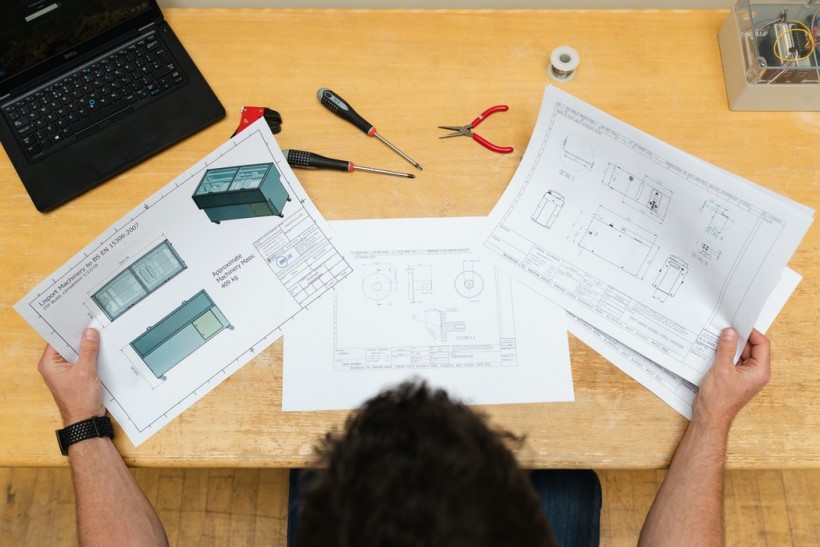
(Photo : Unsplash)
Unhelpfully, the answer to this is - it depends. If you're building a wardrobe it could be a long, tedious, technical and ultimately expensive process. However, if you're creating a bookshelf, a non-carpenter could find this not only a manageable task, but one that can be done in quick time. Building your own furniture can be a fun, challenging and satisfying thing for a beginner to do - you just have to make sure you're prepared.
Plan
Before you start hunting down materials and tools you need to think about what it is you want to make. If it's your first time, you'll want to keep it simple, like the aforementioned shelves, a bird table or a coffee table. There's no point trying to create something incredible when you've never done anything like this before, or you'll give up before you start.
Either sketch what it is you want to make, or print out a picture of an existing example. That way you can visualise every piece you'll need, where it goes, how it sits and measure up accordingly. Then you'll have an idea of how much material you'll need. A good rule of thumb is to add 30% more than what you measure to give you some leeway for errors.
Finally, you'll need to cost the project and decide whether you can afford to take it on.
Tools
When you start out don't go for the most expensive tools. It might be that after this project you decide making furniture isn't for you, in which case you'll have wasted your money. Begin by borrowing tools from friends if you can. Otherwise, stick to the core tools you'll need for most jobs - a sanding machine, circular saw, miter saw and electric drill. Or, if you want to make life easier for yourself, a good multi-tool is a worthwhile purchase as one tool can perform many of the key jobs.
Materials
You'll probably be using wood more than any other material so it's important to make sure the wood you choose is the right kind for the piece of furniture you're making. It should also be of good quality - look for wood that's really straight without knots, resin pockets or curves.
The key thing is to accept that you're a beginner and that what you create won't be perfect. You'll want it to be functional, but it won't be a masterpiece, and that's absolutely fine. You'll also make mistakes. Everyone does, and that's all part of the learning curve. It makes getting it right in the end all the more satisfying.
* This is a contributed article and this content does not necessarily represent the views of hngn.com








